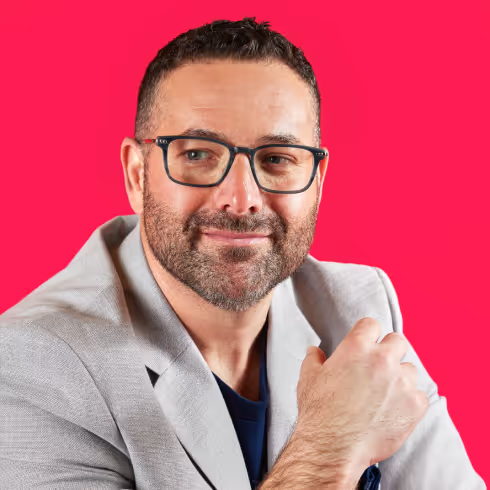Beyond buzzwords – What really makes for great omnichannel customer experiences


It’s no secret customer expectations are sky-high (and constantly getting higher), which leaves you trying to reimagine your company’s user interactions. Omnichannel experiences and AI have opened doors to unprecedented possibilities. However, the path to success is not paved solely with visionary concepts — you need a strategic interplay of visionary goals and incremental successes to propel your organization forward.
This week on Catalyst, NTT DATA’s own Robert Elliott and Humana’s Holly Kessinger join Clinton to discuss how to optimize your omnichannel strategies to create consistent customer experiences, change your experiences for the better, and keep even the largest of teams motivated. Check out some of the highlights below, then dive into the entire episode for the full omni-experience.
Vision and Momentum are Critical
Yes, you need a bold vision for your omnichannel experiences, but building momentum through small wins and iterative progress just as important.
Trust and Collaboration
Open communication, transparency, and healthy friction help refine ideas and strategies, so focus on establishing trust and collaboration between your cross-funtional teams and external partners.
Start with MVPs
Minimum Viable Products (MVPs) create quick wins and tangible progress, while also proving the value of the vision to stakeholders. Focus on solving specific customer problems and iteratively building upon those successes.
Incorporating Conversational AI
Conversational AI technologies, like chatbots and virtual assistants, are reshaping customer interactions by providing efficient and effective support for various inquiries and tasks, sometimes outperforming human assistance in some scenarios.
Balancing Long-Term Goals and Short-Term Execution
Striking a balance between long-term vision and short-term execution is crucial, particularly in large organizations. Communicate the overall strategy but focus on the practical steps and immediate wins that will maintain momentum.
Customer-Centric Approach
What makes for the best end-user experience? Simple and personal interactions across all channels. Always look for ways to enhance both.
Platform Approach and Reusability
Build a platform of experiences that are reusable and scalable so you can create consistent and familiar interactions for users across different scenarios.
Vision and Leadership
The best way to rally teams involves blending creative thinking with executional philosophies, pushing for constant improvement, and creating a positive, purposeful environment.
Passion and Fulfillment
Share your enthusiasm for the vision and the journey! It helps drive more success.
As always, don’t forget to subscribe to Catalyst wherever you get your podcasts! We drop a new episode every Tuesday, and each one is jam-packed with catalysts for digital experiences that move millions.





